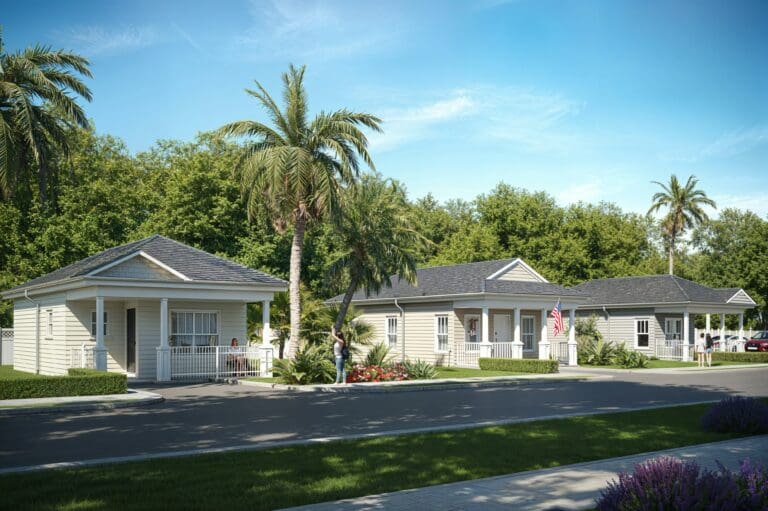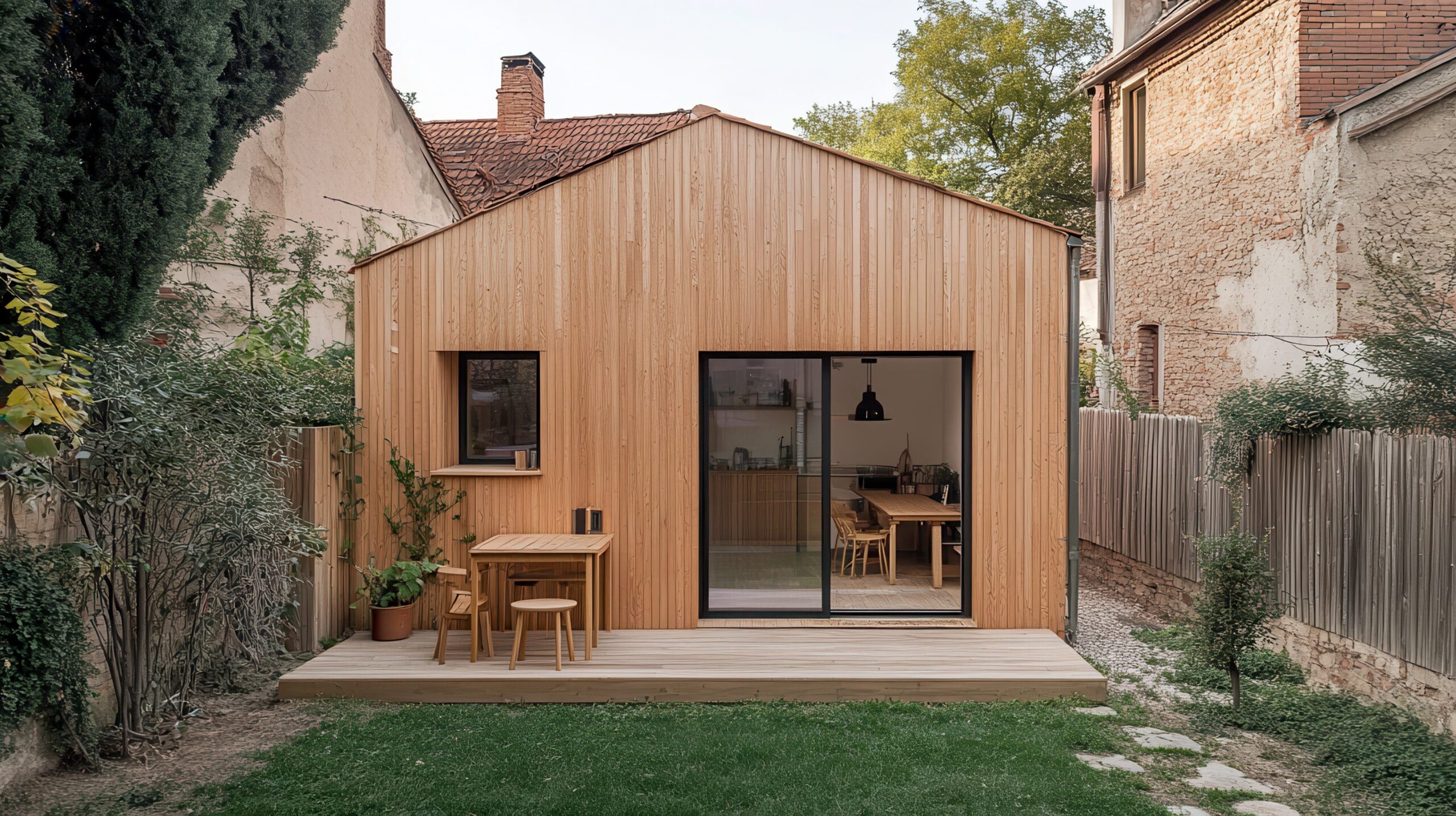Are you interested in downsizing, looking for flexible living spaces, or exploring creative options for your property in Broward or Palm Beach County, FL? Accessory Dwelling Units (ADUs) and tiny homes are two of the most exciting solutions gaining popularity in South Florida’s housing landscape. While both offer innovative ways to maximize space and affordability, they are not the same—and it’s important to understand the distinctions before making an investment. At One and Only Tiny Homes, we believe knowledge is the key to making the right decision for your lifestyle and property goals.
What Is an ADU? What Is a Tiny Home?
The terms ADU and tiny home are sometimes used interchangeably, but they refer to distinct types of dwellings.
Accessory Dwelling Units (ADUs) are secondary housing units built on the same lot as a primary residence. They can take many forms, such as a detached guesthouse, a garage conversion, or a basement apartment. The defining feature of an ADU is its legal attachment to a main home, even if it is physically separate. In many municipalities, ADUs are recognized as a way to increase housing options without altering the character of existing neighborhoods.
Tiny homes, on the other hand, are small, stand-alone dwellings typically ranging from 100 to 400 square feet. Unlike ADUs, tiny homes may be placed on wheels (tiny houses on wheels, or THOWs) or a permanent foundation. While some people use tiny homes as ADUs, many choose them as independent primary residences or vacation properties. Tiny homes have become symbols of a minimalist lifestyle and sustainable living, offering flexibility and affordability for those seeking a simpler way of life.
Zoning and Permitting: What You Need to Know
One of the most significant differences between ADUs and tiny homes lies in zoning regulations and permitting requirements. If you are considering adding an alternative dwelling to your property in Broward or Palm Beach County, understanding local laws is crucial.
ADUs are generally recognized in zoning codes, but there are specific requirements about lot size, setbacks, parking, and occupancy. For example, some cities in Florida have recently eased restrictions to encourage more ADU development, seeing them as a solution to the affordable housing crisis. However, every city or county has its own rules, and compliance is essential.
Tiny homes face a more complex regulatory landscape. When built on a permanent foundation, they may be subject to the same codes as ADUs, but if built on wheels, they often fall under RV regulations, limiting where they can be placed for full-time living. Broward and Palm Beach counties have begun to explore more flexible zoning for tiny homes, but it’s important to check with local authorities and work with a builder familiar with area regulations—like our team at One and Only Tiny Homes.
Typical Uses: Flexibility for Modern Living
Both ADUs and tiny homes offer adaptable solutions, but their uses may differ depending on your goals.
ADUs are often added to provide long-term housing for family members, rental income, or guest accommodations. In multigenerational households, an ADU can offer privacy and independence for aging parents or young adults. Florida’s warm climate and active rental market make ADUs especially attractive for those looking to supplement their income through short- or long-term leases.
Tiny homes, with their mobility and affordability, are ideal for people seeking a primary residence with a small footprint, a vacation retreat, or a standalone rental property. Many Floridians are drawn to tiny homes for their potential to reduce living costs and environmental impact. Tiny homes are also gaining ground as backyard offices or studios, offering a dedicated workspace just steps from your main house.
Cost Comparison: What to Expect
Cost is a major consideration for most buyers, and both ADUs and tiny homes can offer significant savings compared to traditional homes. However, there are important differences to consider.
The average cost to build an ADU in Florida ranges from $80,000 to $200,000, depending on size, design, and site conditions. This figure includes construction, permitting, utility hookups, and sometimes landscaping. Because ADUs are often built to the same standards as the main home, they may require more substantial investment upfront.
Tiny homes, in comparison, typically cost between $30,000 and $100,000, depending on whether they are built on wheels or a permanent foundation and the level of customization. Maintenance costs are generally lower, and if you opt for a tiny home on wheels, you may avoid some property taxes and utility hookup fees. However, finding a legal place to park or place your tiny home can add to the total expense.
Benefits and Possibilities
Both ADUs and tiny homes offer unique benefits that are particularly suited to the needs of South Floridians. They can increase your property’s value, provide flexible living arrangements, and contribute to a more sustainable lifestyle. ADUs are excellent for homeowners looking to support extended family or generate passive income, while tiny homes are perfect for those ready to embrace a smaller, more mobile way of life.
At One and Only Tiny Homes, we specialize in designing and building beautiful, code-compliant tiny homes and ADUs to fit your needs. Whether you’re interested in a backyard guesthouse or a custom-built tiny home, our team is here to guide you every step of the way.
Ready to Explore Your Options?
If you’re considering an ADU or tiny home in Broward or Palm Beach County, the experts at One and Only Tiny Homes are ready to help. We invite you to contact us for a personalized consultation, or browse our FAQs to see what’s possible. Let us help you turn your vision into reality with a solution that fits your lifestyle, your property, and your budget.


